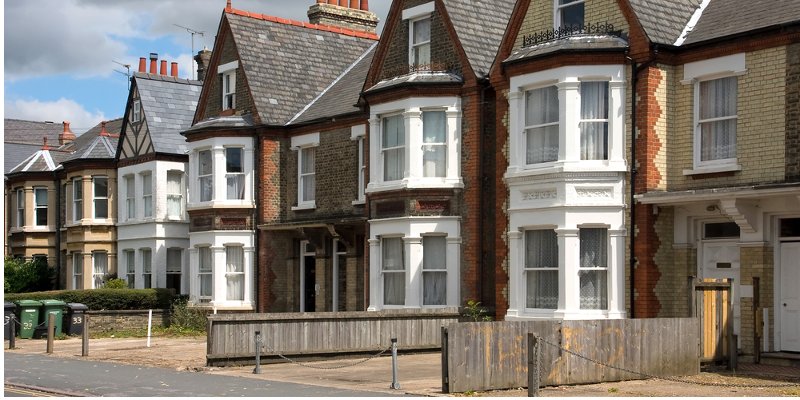In England, private rental prices grew by 1.2%, Wales experienced growth of 1.1%, while in Scotland private rental prices increased by 0.7% in the 12 months to April 2019.

Private rental prices paid by tenants in the UK rose by 1.2% in the 12 months to April 2019, unchanged from March 2019, ONS’s Index of Private Housing has found.
In England, private rental prices grew by 1.2%, Wales experienced growth of 1.1%, while in Scotland private rental prices increased by 0.7% in the 12 months to April 2019.
Kate Davies, executive director of Intermediary Mortgage Lenders Association (IMLA) said: “Rental prices continue to be subdued and below the rate of consumer price inflation across much of the UK.
“Given that landlords have now started to feel the effects of income tax changes in their most recent tax bills, it is perhaps surprising that stronger pressure to increase rental prices has not yet materialised.
“The ONS figures have however had a slightly firmer tone since the Autumn, and this suggests that the pressure to increase rental prices may be mounting.
“It is also worth remembering that the ONS measure looks at continuing tenancies as well as new ones, with continuing tenancies less likely to experience rent increases.
“Several surveys that only measure new lettings have recently reported that, following a protracted period of softness, average rents in London are once again increasing and have hit new records.
“As well as the capital, above-inflation increases in Scotland, the South West and the East Midlands have been noted by more than one data source.
“IMLAcontinues to believe that weaker investment by landlords will affect rental availability and eventually result in higher rental costs, which will make saving for a deposit harder for tenants who are hoping to get on the housing ladder.
“We will continue to argue that no additional measures that risk further eroding the health of the private rental sector should be introduced, and that the number of available rental properties does not decrease still further.”
London private rental prices rose by 0.5% in the 12 months to April 2019, unchanged from March 2019, remaining at its highest annual growth since November 2017.
Growth in private rental prices paid by tenants in the UK has generally slowed since the beginning of 2016, driven mainly by a slowdown in London over the same period. Rental growth has started to pick up since the end of 2018, driven by strengthening growth in London.
Rental prices for the UK excluding London increased by 1.5% in the 12 months to April 2019. London private rental prices increased by 0.5% in the 12 months to April 2019.
Private rental prices in Wales grew by 1.1% in the 12 months to April 2019, unchanged since February 2019.
Rental growth in Scotland increased by 0.7% in the 12 months to April 2019, unchanged since January 2019. The weaker growth in Scotland since 2016 may be due to stronger supply and weaker demand in Scotland.
The annual rate of change for Northern Ireland (2.0%) in December 2018 is higher than the other countries in the UK. The Northern Irish growth rate remained broadly consistent around 2% throughout 2018.
The Royal Institution of Chartered Surveyors (RICS) reported in theirSeptember 2018 Residential Market Surveythat tenant demand has staged a sustained recovery in London, increasingly outstripping supply. These effects may be now starting to feed through to the Index of Private Housing Rental Prices.
Focusing on the English regions, the largest annual rental price increase was in the East Midlands (2.1%), down from 2.3% in March 2019. This was followed by Yorkshire and The Humber (1.8%), unchanged from March 2019, and the South West (1.7%), unchanged from March 2019.
The lowest annual rental price growth was in the North East where prices increased by 0.4%, up from 0.3% in March 2019.



